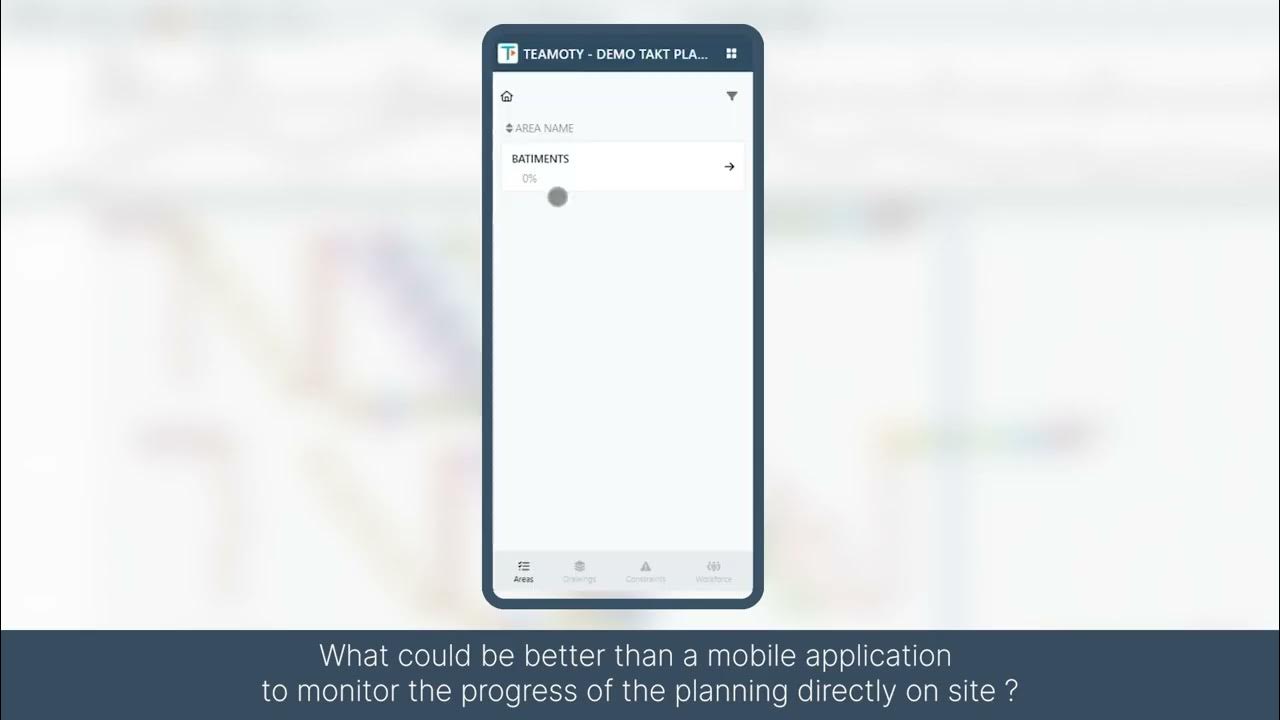Metodología Kanban
Summary
TLDRKanban is a visual project management methodology designed to optimize workflow and efficiency by identifying bottlenecks and improving task distribution. Initially developed by Toyota in the 1940s, it has since evolved and is widely used in various fields, including software development. Key steps to implementing Kanban include visualizing workflows, limiting work in progress, managing flow, defining process rules, and using feedback loops for continuous improvement. By following these steps, Kanban helps organizations become more agile, reduce delays, and deliver high-quality work faster.
Takeaways
- 😀 Kanban is a visual methodology designed to manage tasks and work through a process, aiming for optimal speed and performance.
- 😀 Originally developed in the 1940s by Toyota, Kanban has evolved to efficiently track not just production systems but many other types of processes.
- 😀 The Kanban method was applied to software development and knowledge work by Dave Anderson in 2004.
- 😀 To maximize the benefits of Kanban, key goals include improving workflow, reducing time, increasing customer value, and preventing potential failures or delays.
- 😀 The first step in using Kanban is to visualize the workflow using a simple board with sticky notes or cards representing tasks.
- 😀 The board typically includes three columns: 'To Do' (tasks not yet started), 'In Process' (tasks being worked on), and 'Done' (completed tasks).
- 😀 Limiting work in progress (WIP) helps manage the flow of tasks by restricting the number of tasks a team is currently working on.
- 😀 Managing and improving workflow is crucial in Kanban, aiming to reduce bottlenecks and ensure a smooth, continuous flow of tasks.
- 😀 Explicit rules should be defined and visualized for how work is done to ensure all participants understand how tasks are described and managed in the system.
- 😀 Implementing feedback loops is essential in Kanban to address errors early and improve the overall workflow, which leads to faster delivery of the right work.
- 😀 Kanban encourages completing current tasks before taking on new ones, helping to improve flow, reduce delays, and enable more agile and organized operations.
Q & A
What is the Kanban methodology?
-Kanban is a visual project management methodology that helps manage tasks and workflows. It aims to improve efficiency, optimize speed, and reduce delays by visualizing the workflow and limiting work in progress.
Where did the Kanban methodology originate?
-Kanban originated in the 1940s at Toyota as a system to manage production. Over time, it expanded into various fields such as software development and knowledge work.
Who introduced Kanban to the information technology sector?
-Dave Anderson was the first to apply Kanban in the information technology sector, specifically in software development, around 2004.
What is the primary goal of Kanban?
-The primary goal of Kanban is to improve workflow, reduce delays, and increase value for customers by identifying and addressing bottlenecks in the process.
What are the key steps in implementing Kanban successfully?
-The key steps in implementing Kanban include visualizing the workflow, limiting work in progress (WIP), managing the flow of work, making explicit process rules, and implementing feedback loops.
How does visualizing the workflow in Kanban help a team?
-Visualizing the workflow allows the team to track tasks on a Kanban board, providing transparency about the work distribution. Tasks are represented as cards that move through columns such as 'To Do', 'In Progress', and 'Done'.
Why is it important to limit the work in progress (WIP) in Kanban?
-Limiting WIP ensures that a team focuses on completing tasks before starting new ones, preventing bottlenecks and improving workflow efficiency. It prevents the team from being overwhelmed with too many tasks at once.
What does managing flow mean in the context of Kanban?
-Managing flow involves monitoring and optimizing the movement of tasks through the workflow. It helps identify obstacles and inefficiencies, ensuring a smooth and continuous task completion process.
What role do feedback loops play in the Kanban methodology?
-Feedback loops are crucial for early error detection and continuous improvement. They help identify mistakes in tasks and provide an opportunity to adjust the workflow or processes for better efficiency and faster delivery.
How does Kanban help businesses maintain agility and flexibility?
-Kanban encourages teams to complete tasks one by one, reducing delays and improving delivery times. By focusing on individual tasks and regularly assessing the workflow, businesses can adapt quickly and remain organized, which enhances overall agility.
Outlines

Dieser Bereich ist nur für Premium-Benutzer verfügbar. Bitte führen Sie ein Upgrade durch, um auf diesen Abschnitt zuzugreifen.
Upgrade durchführenMindmap

Dieser Bereich ist nur für Premium-Benutzer verfügbar. Bitte führen Sie ein Upgrade durch, um auf diesen Abschnitt zuzugreifen.
Upgrade durchführenKeywords

Dieser Bereich ist nur für Premium-Benutzer verfügbar. Bitte führen Sie ein Upgrade durch, um auf diesen Abschnitt zuzugreifen.
Upgrade durchführenHighlights

Dieser Bereich ist nur für Premium-Benutzer verfügbar. Bitte führen Sie ein Upgrade durch, um auf diesen Abschnitt zuzugreifen.
Upgrade durchführenTranscripts

Dieser Bereich ist nur für Premium-Benutzer verfügbar. Bitte führen Sie ein Upgrade durch, um auf diesen Abschnitt zuzugreifen.
Upgrade durchführenWeitere ähnliche Videos ansehen

O que é o Método Kanban - Introdução à Melhoria de Processos para Desenvolvimento de Software

What is Kanban? Kanban Visual Systems Explained in 4 stages Easily.

KANBAN O QUE É? (05 Passos Práticos para Produzir Mais e Ganhar Mais)

Intro to Kanban in Under 5 Minutes (What is Kanban, Learn Kanban)

Teamoty Scheduling : Empower and digitalize your Takt Planning Sytem

Lean Manufacturing - Kanban
5.0 / 5 (0 votes)
